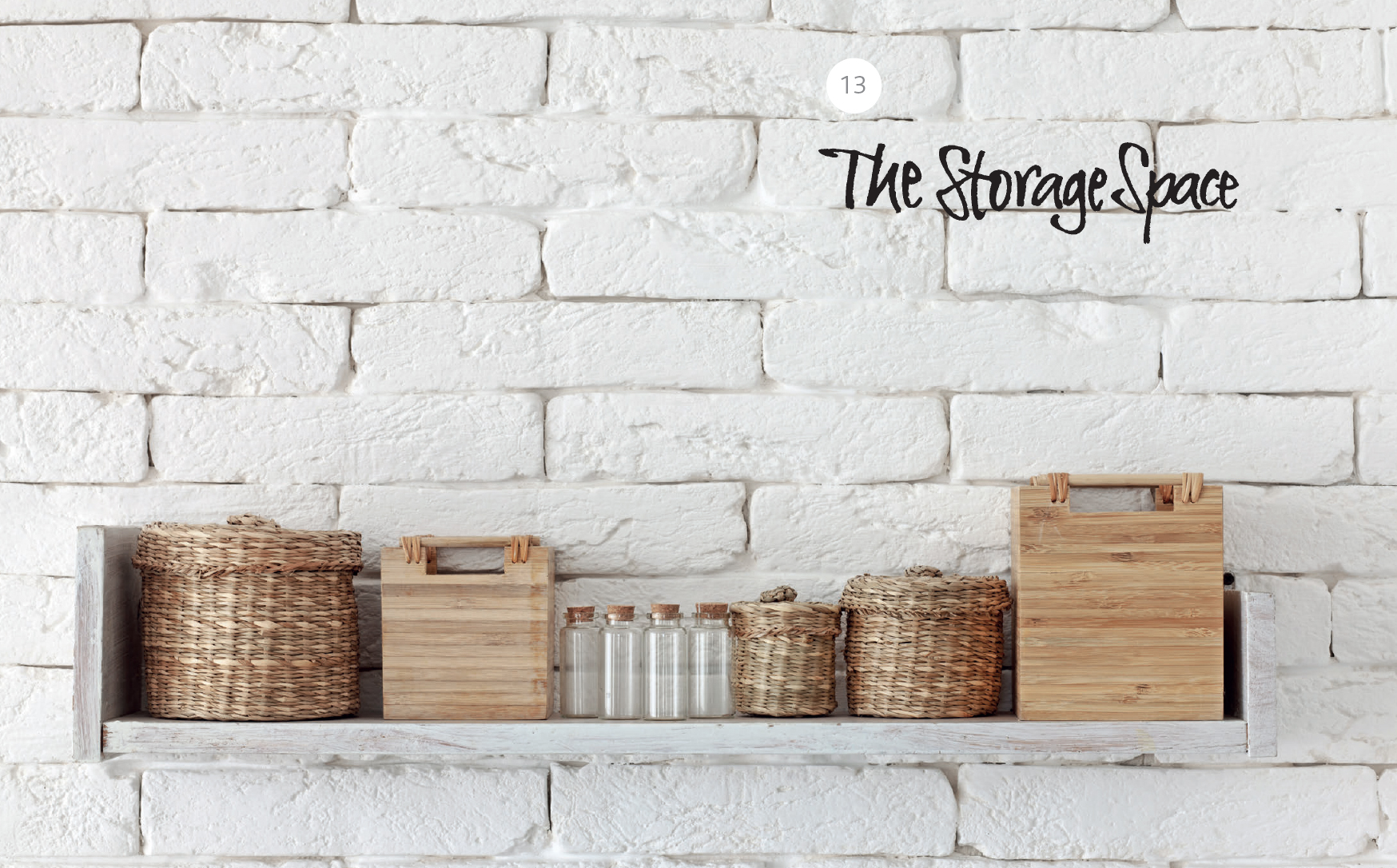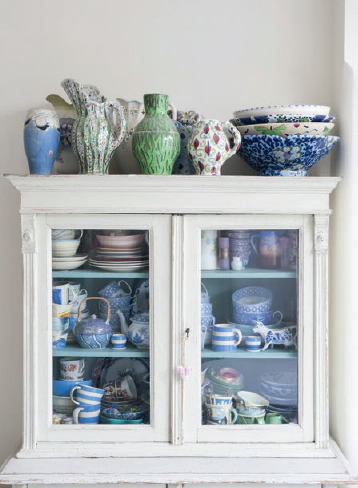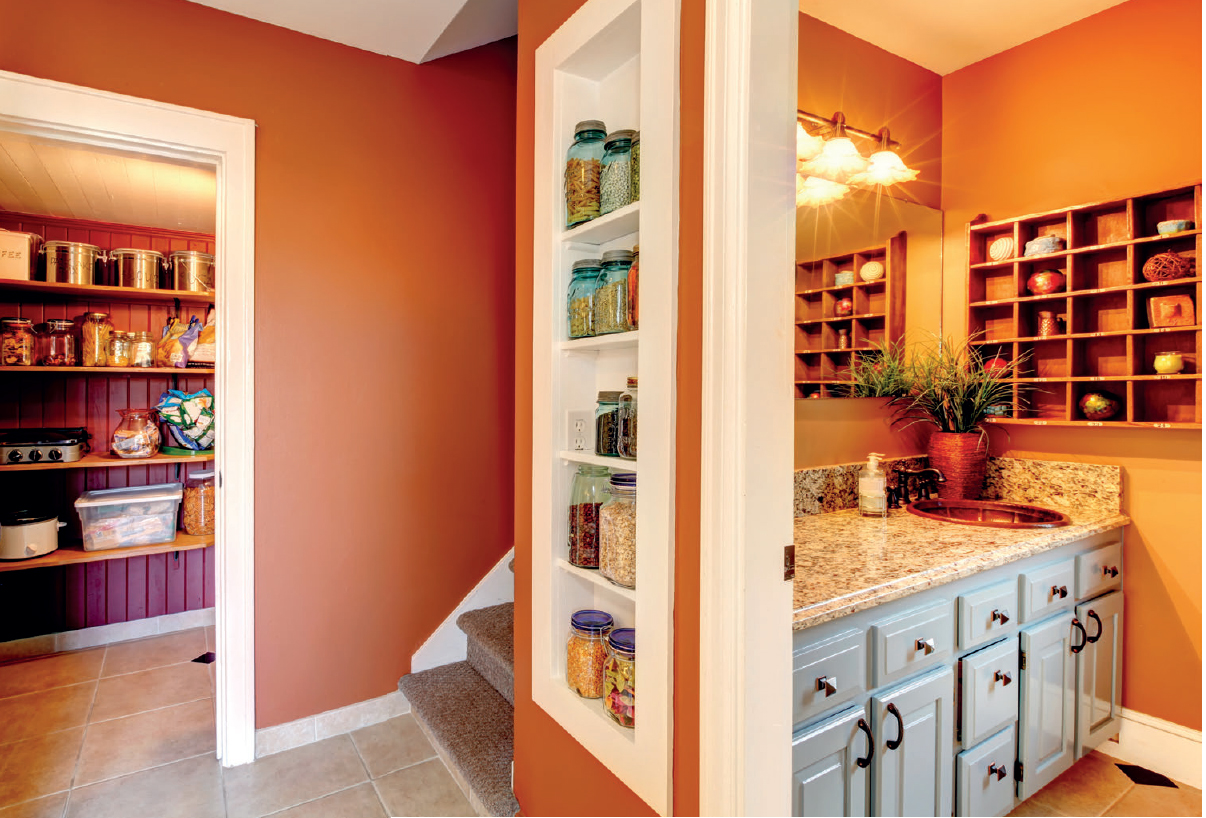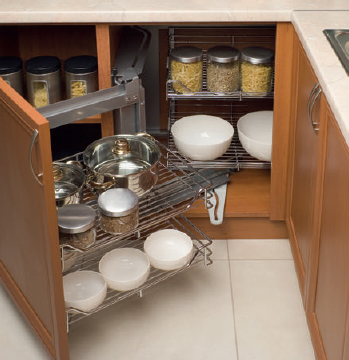
One of the common assumptions about meditation in general, and mindfulness in particular, is that we are both able to and should ‘empty the mind’. This has led many a mindful aspirant to give up in despair after hours of beating themselves up, because the mind will just not empty itself.
The trick is to use the mind consciously or mindfully — that is, wisely. We need to cultivate the ability to discern between those occasional thoughts that are both relevant and useful — such as a moment of insight into a problem you were working on or remembering that tonight is the night to put out the rubbish — and those that are irrelevant and purposeless. The mind also has the capacity to store things. We call it memory. There are things that are worth remembering like our PIN and phone numbers, or our partner’s name or birthday, where we work or where we put our car keys. It may also be nice to remember the holiday we went on last summer, or helpful to remember the mistake we made when learning how to make a bearnaise sauce. But on top of this there is a whole lot of clutter in the mind that has no discernable use despite the fact that it appears to be useful.

Worry masquerades as many things, such as trying not to forget things, or planning and preparation, or trying to work ourselves out.
There is a discernable difference between mindful remembering, planning, preparing and reflecting and unmindful worry. We will feel and function differently. One we need to take note of and make space for; the other we need to leave alone and clear out. If we don’t clear out the useless stuff in the mind then there will not be space for the useful stuff.
The home is like the mind
In many ways the home is like the mind. It’s where we live. There are useful things in the home that need to be easily accessible from their place of storage. There are other things that have no discernable use, or have outlived their usefulness, and need to be either given to someone who can make use of them or recycled and made into something else which is useful. To hold onto things that are no longer useful, and are not beautiful, leads to clutter. At its worst this is called hoarding and can lead to the whole home environment becoming unsafe, unclean and unusable.
Discerning what needs to be kept and what doesn’t
When considering storage space, we first need to discern what needs to be retained and stored and what doesn’t. Learning to use the mind well is much about discerning between which thoughts are worth giving attention to and which ones are not. It is similar with the home; it is a sifting process that needs discernment. Do we really need all those clothes, all those cosmetic products, all those kitchen implements, all those books, all those plants in pots or all those trinkets? If not, then why are we holding onto them?
Socrates was famous for his austerity, with just an old toga to call his own. Despite this he was content and lacked nothing. Obviously we need the basic necessities of life, but over and above that the gap between what we have and what we desire can be an indicator of the level to which we are unsatisfied. The wider the gap the more we will be in want. The solution of the consumerist society is to acquire more, which puts us on a treadmill that can be hard to get off. The solution suggested by various wisdom traditions is to want less. Now we don’t have to live quite as austere a life as Socrates, but it would be worth considering one of his famous maxims: How much can I do without? ‘Need’ and ‘want’ can be poles apart.
MINDFUL SORTING
Select an area of the house you need to sort out. Then practise a brief period of mindfulness meditation before you begin — it might just make the letting-go process a little easier. Give yourself a time limit, even 10 minutes,and simply make a start. Be quiet and objective about each item’s usefulness and be prepared to relinquish it.

Helping our possessions find their rightful home
Many a home has sufficient storage space but the items don’t seem to be able to find their way to it. Why? Is it due to laziness, that we just can’t summon the energy to put things away? Have they been lying around for so long that we just don’t see them anymore? Are we procrastinating because we think the task has become so great that it is now beyond us?
Well, to quote Shakespeare, ‘stiffen the sinews, summon up the blood’. Take some mindful time to stop, connect with the senses and be awake to what is in front of you. If you feel you are too busy to deal with finding a place for each item, then take a few mindful moments and gently but deliberately start by giving attention to just one small part of the larger task.
In the majority of homes there is enough space to house the things we need, but not for all the things we want or cling to. If we want less and cling less, we can then put away the things that we do have a use for. It’s amazing the effect this has when we actually do it. You will feel mentally clearer and refreshed. The external space will reflect your internal space. There is space again, you can move again, and you can find things you need again. It’s just like that in our mindful moments: yes, there are thoughts in the mind that we can draw on when we need them, but we don’t have to be churning through all of them all of the time. As thoughts present themselves to us in daily life be aware and engage with the ones that are relevant and leave the ones that are not. They will put themselves away if we let them.
Storing things in the home
There are plenty of books and companies dedicated to storage solutions in the home. Some very smart and creative people have given some quality attention to finding better ways to store things in the kitchen, wardrobe, shed, laundry, cellar and every other nook and cranny within the home. Our hats go off to these problem-solvers of modern domestic life.
There are five main elements to an effective storage space. The more of these boxes we can tick the better. To be most effective, a storage space:
• makes efficient use of available space within the home
• stores more things in a given space
• stores items securely and safely
• makes stored items more accessible when they are needed
• is as aesthetically pleasing as possible.

When well thought out, storage solutions can be as beautiful as they are functional. We will not even attempt to list and describe all such storage possibilities, but getting some advice from an expert, a friend who has made use of such creative ideas is a good place to start.
